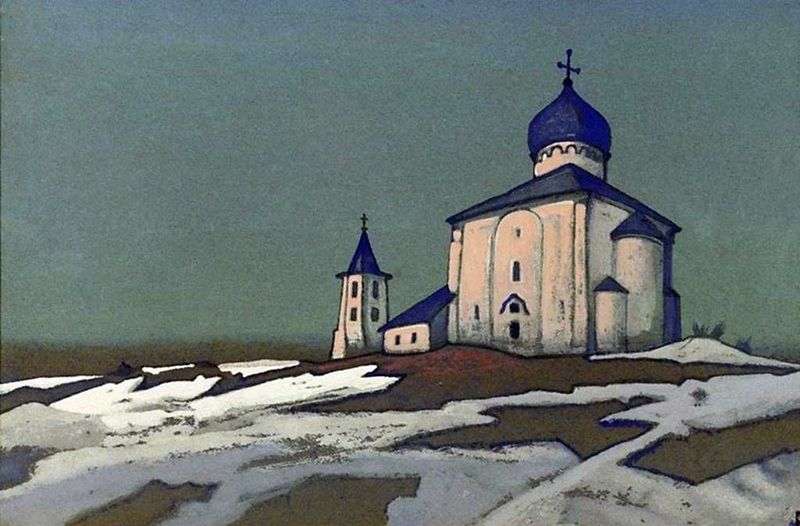
Ancient architects skillfully chose a place, erecting a building and a whole ensemble in harmony with nature. They subordinated the forms of construction to a single law – beauty: “And he created height, like measure and beauty will show.” Such an ideal place on the Nereditsa hill, on the right bank of the Volkhov, near the Settlement, the country residence of the Novgorod princes, was chosen for the Savior.
The chronicler reports on the construction of the church in 1198: “That same summer, the Great Prince Yaroslav, son of Volodymyr, grandson of Mstislavl, laid out the church of Kamyan, in the name of the Holy Transfiguration of the Savior in Novgorod on the mountain, and the nickname Nereditsa.”
The following year, in 1199, the Novgorod masters decorated the temple with frescoes. A few centuries later, in the nineteenth century, these murals brought the monument to world fame. According to experts, the ancient Nereditsa paintings were the largest medieval ensemble not only in Russia, but in the West.
Unfortunately, they died during the Great Patriotic War, less than 15 percent of the murals survived. Placed in 9 tiers of frescoes completely covered the dome, arches, walls and pillars of the temple. Only insignificant fragments of this magnificent ensemble have survived to this day: images of holy wives are preserved in the diaconal of the church; the altar paintings accidentally survived the images of Saints Peter of Alexandria and Elijah the Prophet, part of the figures of saints, mutilated by fragments of shells.
Miraculously escaped complete destruction and the monumental composition “Baptism”, written on the southern wall of the church. By decision of UNESCO in 1992, the Church of the Savior on Nereditsa was included in the World Heritage List as the most valuable historical and cultural monument.
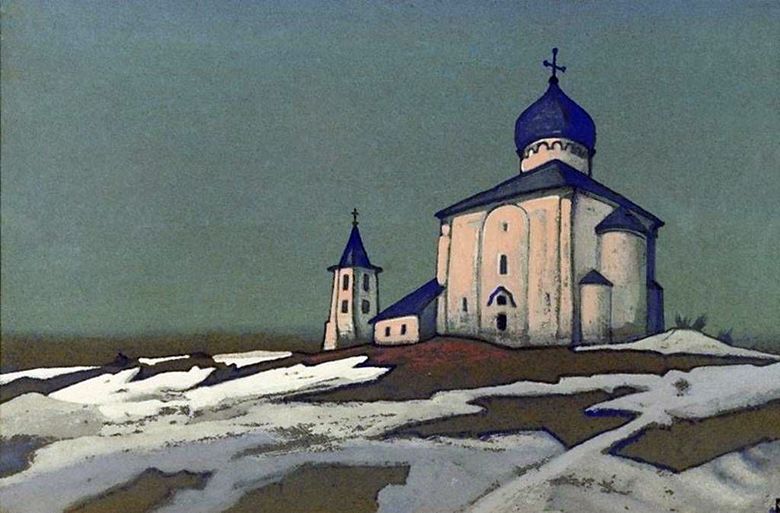 Spas Nereditsa – Nicholas Roerich
Spas Nereditsa – Nicholas Roerich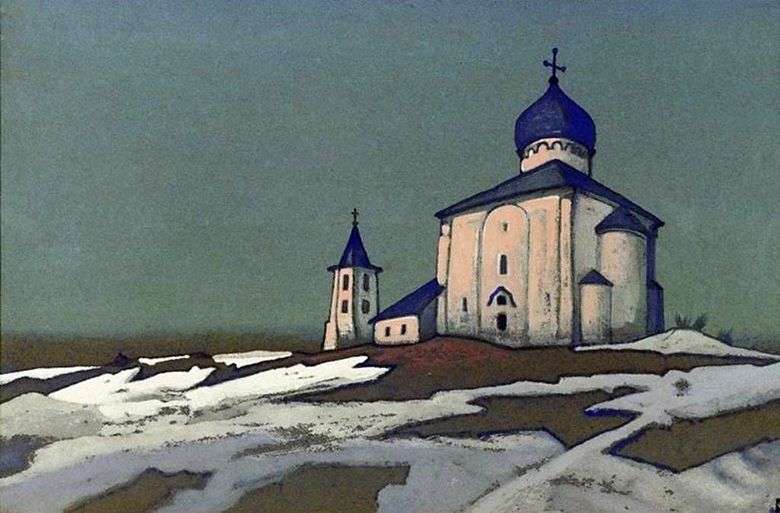 Spas Nereditsa – Nikolai Roerich
Spas Nereditsa – Nikolai Roerich Saint Sergius of Radonezh by Nicholas Roerich
Saint Sergius of Radonezh by Nicholas Roerich And we carry the light by Nicholas Roerich
And we carry the light by Nicholas Roerich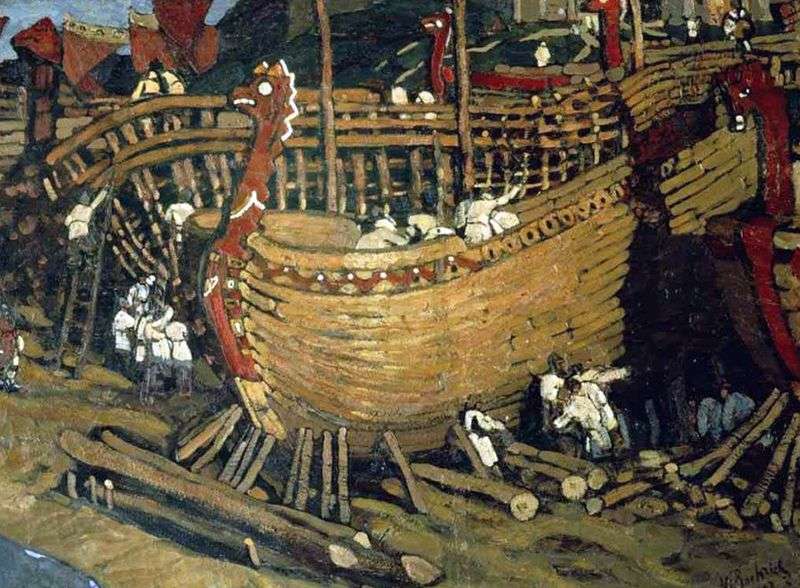 They build rooks by Nikolai Roerich
They build rooks by Nikolai Roerich Creation of Adam and terrestrial animals by Paolo Uccello
Creation of Adam and terrestrial animals by Paolo Uccello Christ, the Savior of the World by Bartholomeus Spranger
Christ, the Savior of the World by Bartholomeus Spranger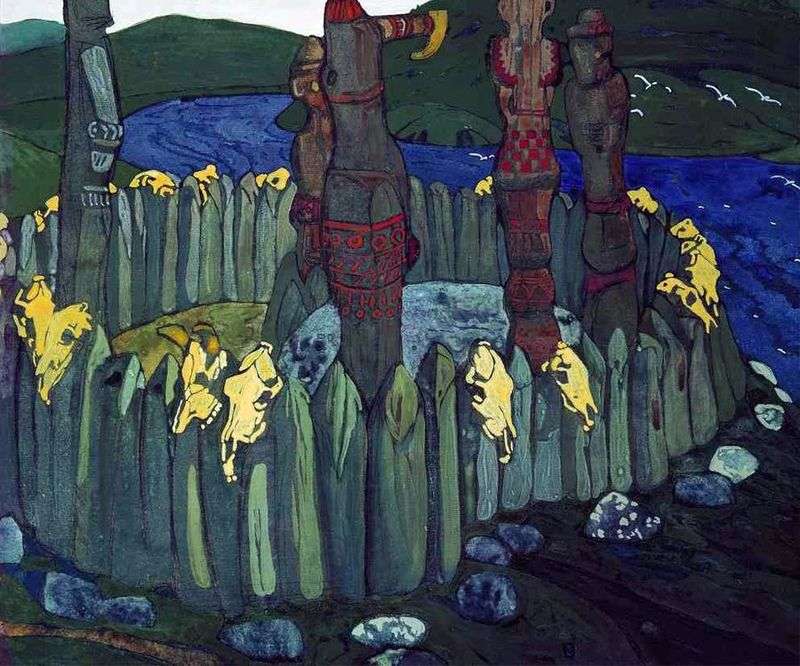 Idols by Nicholas Roerich
Idols by Nicholas Roerich